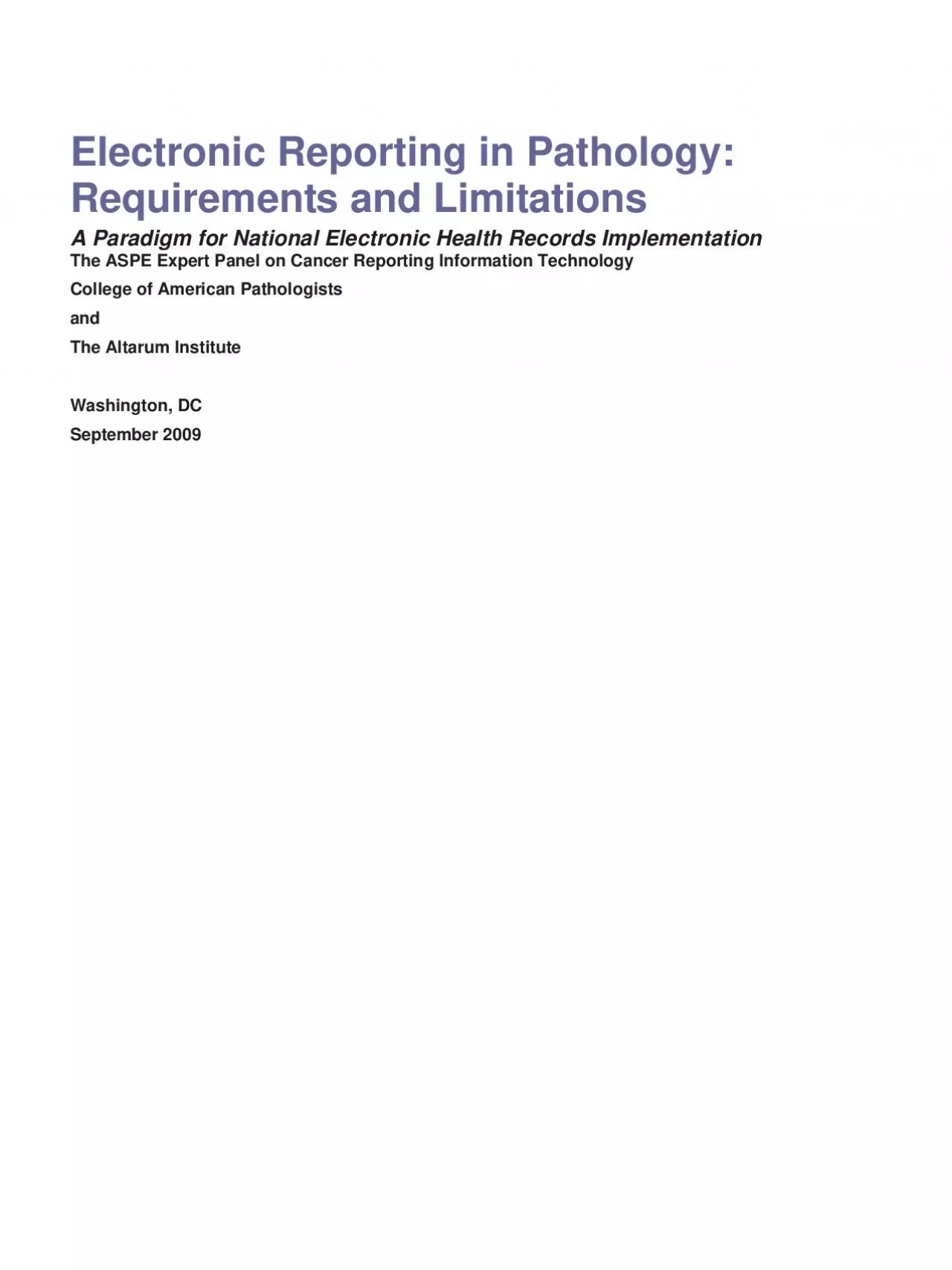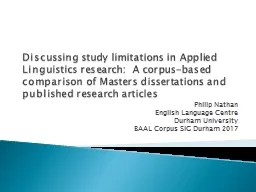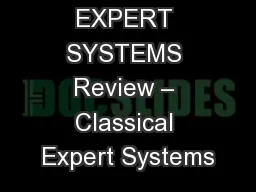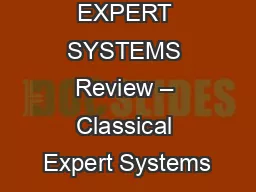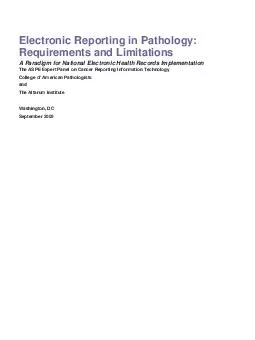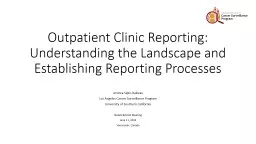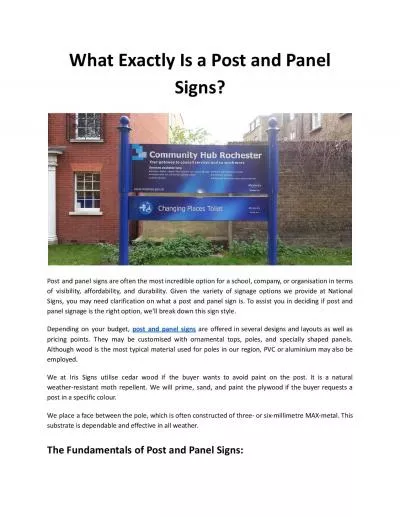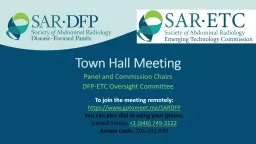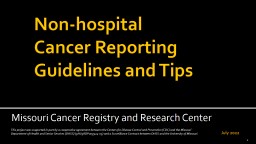PDF-Requirements and Limitations The ASPE Expert Panel on Cancer Reporting
Author : harper | Published Date : 2021-09-30
3 Acknowledgements4 Executive Summary5 6 11 15 19 Section 5 Beyond Semantic Interoperability26 31 33 raditional Pathology Report39 ed Pathology Report41 Pathology
Presentation Embed Code
Download Presentation
Download Presentation The PPT/PDF document "Requirements and Limitations The ASPE Ex..." is the property of its rightful owner. Permission is granted to download and print the materials on this website for personal, non-commercial use only, and to display it on your personal computer provided you do not modify the materials and that you retain all copyright notices contained in the materials. By downloading content from our website, you accept the terms of this agreement.
Requirements and Limitations The ASPE Expert Panel on Cancer Reporting: Transcript
Download Rules Of Document
"Requirements and Limitations The ASPE Expert Panel on Cancer Reporting"The content belongs to its owner. You may download and print it for personal use, without modification, and keep all copyright notices. By downloading, you agree to these terms.
Related Documents

